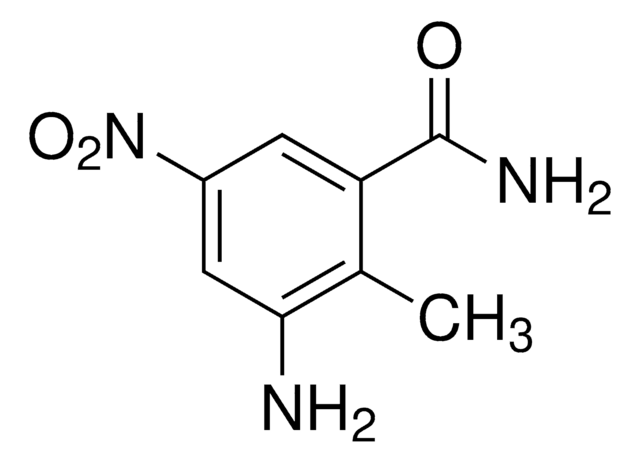Unfortunately, we do not determine the conformation of this product.
SML0982
Astaxanthin
≥97% (HPLC), powder, PPARγ
Synonim(y):
3,3′-Dihydroxy-β-carotene-4,4′-dione, trans-Astaxanthin
Wybierz wielkość
740,00 zł
Wybierz wielkość
About This Item
740,00 zł
Polecane produkty
Nazwa produktu
Astaxanthin, ≥97% (HPLC)
Poziom jakości
Próba
≥97% (HPLC)
Formularz
powder
warunki przechowywania
desiccated
protect from light
kolor
, pink to very dark purple
rozpuszczalność
DMSO: 1 mg/mL (warmed)
temp. przechowywania
−20°C
ciąg SMILES
O[C@H]1CC(C(=C(C1=O)C)\C=C\C(=C\C=C\C(=C\C=C\C=C(/C)\C=C\C=C(/C)\C=C\C2=C(C(=O)[C@H](CC2(C)C)O)C)\C)\C)(C)C
InChI
1S/C40H52O4/c1-27(17-13-19-29(3)21-23-33-31(5)37(43)35(41)25-39(33,7)8)15-11-12-16-28(2)18-14-20-30(4)22-24-34-32(6)38(44)36(42)26-40(34,9)10/h11-24,35-36,41-42H,25-26H2,1-10H3/b12-11+,17-13+,18-14+,23-21+,24-22+,27-15+,28-16+,29-19+,30-20+/t35-,36-/m0/s1
Klucz InChI
MQZIGYBFDRPAKN-UWFIBFSHSA-N
Opis ogólny
Zastosowanie
- as an antioxidant to study its effect on Brachionus manjavacas (Rotifera) population growth[2]
- to study its effects on the treatment of diabetic retinopathy.[2][3]
- to investigate its role in restoring the expression of Nrf2 (nuclear factor erythroid 2 p45-related factor 2) and glutathione S-transferase P1 (GSTP1) through epigenetic modification in human prostate LNCaP cells.[1]
Działania biochem./fizjol.
Inne uwagi
Kod klasy składowania
11 - Combustible Solids
Klasa zagrożenia wodnego (WGK)
WGK 3
Temperatura zapłonu (°F)
Not applicable
Temperatura zapłonu (°C)
Not applicable
Wybierz jedną z najnowszych wersji:
Certyfikaty analizy (CoA)
Nie widzisz odpowiedniej wersji?
Jeśli potrzebujesz konkretnej wersji, możesz wyszukać konkretny certyfikat według numeru partii lub serii.
Masz już ten produkt?
Dokumenty związane z niedawno zakupionymi produktami zostały zamieszczone w Bibliotece dokumentów.
Klienci oglądali również te produkty
Produkty
DISCOVER Bioactive Small Molecules for Nitric Oxide & Cell Stress Research
-
Is the Astaxanthin SML0982 in the 3S, 3'S conformation or is it a mix?
1 answer-
Helpful?
-
Active Filters
Nasz zespół naukowców ma doświadczenie we wszystkich obszarach badań, w tym w naukach przyrodniczych, materiałoznawstwie, syntezie chemicznej, chromatografii, analityce i wielu innych dziedzinach.
Skontaktuj się z zespołem ds. pomocy technicznej







![1,8-Diazabicyclo[5.4.0]undec-7-ene 98%](/deepweb/assets/sigmaaldrich/product/structures/120/564/5b373e23-1624-489c-8efb-692de0f96ffb/640/5b373e23-1624-489c-8efb-692de0f96ffb.png)



